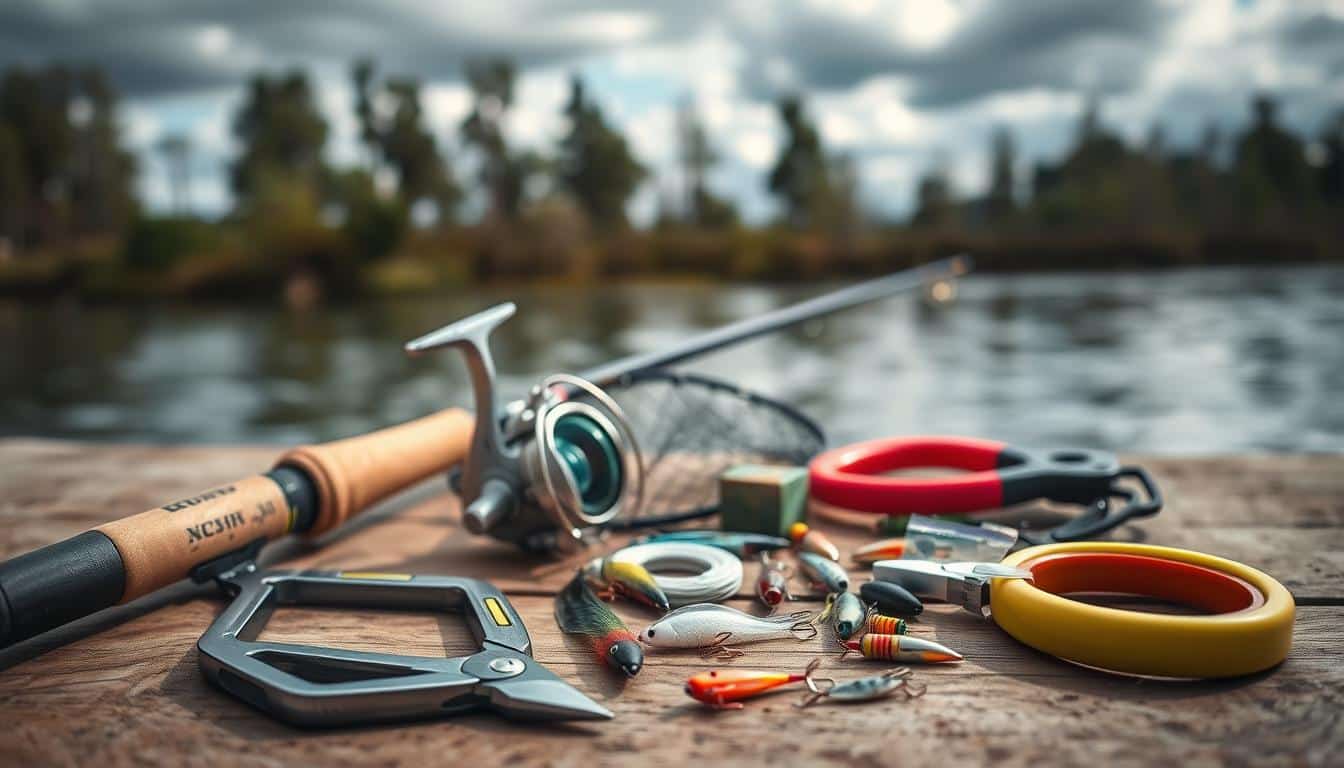Avoiding Common Mistakes in Catch & Release
Good catch and release starts with the right gear. Use rubber nets and fish-friendly gear. This avoids tangles and protects the fish’s slime coat. Rubber nets reduce harm to the fish’s scales. They speed up handling. This helps fish survive after being released back into the water.
Get your camera or phone ready ahead of time. Learn how to handle fish properly. Support the fish gently by sliding your hand under its belly. Don’t squeeze or poke fingers in the gills. This protects the gills and prevents harm. It also lessens the chance of the fish dying later.
If a hook is deeply embedded, just cut the line near the hook. Don’t try to pull it out. Many fish can live with a hook left inside them. Using hooks without barbs also makes releasing fish easier later on. These methods also help the fish recover from stress quicker.
When letting a fish go, support it until it can swim away by itself. Don’t push or shake the fish. Small actions like choosing the right gear, being gentle, and keeping the fish in water as much as possible make a big difference. They help keep the fish population healthy for the future.
FAQ
What type of landing net is best for catch and release?
Choose a rubber net instead of a string or nylon one. Rubber nets are heavier but they’re better for the fish. They don’t tangle with lures and are gentle on the fish’s scales and slime coat. This means less harm and stress for the fish, making release quicker and safer.
How long can a fish safely be out of the water for photos?
Keep the fish out for less than 30 seconds. Get your camera or phone ready beforehand. Knowing what shot you want helps avoid delays and protects the fish from harm.
What is the correct way to support a fish when handling it?
Put your hand gently under its belly to hold it without squeezing. Don’t press too hard or you might hurt it inside. For big fish, use two hands – one near the head and the other under the belly.
Can I hold a fish by the gills or eyes?
No, don’t touch the gills or eyes. You can control the fish by placing fingers behind the gills but be careful. Harm to the gills or eyes can cause the fish to die later, even if it swims away.
How should I release a tired fish to give it the best chance of survival?
Release the fish gently. Support it under the belly and let it swim away when ready. If it’s weak, hold it in water and move it slowly forward. This helps water flow through its gills. Don’t move it back and forth; that’s bad for its gills.
What should I do if a fish is deeply hooked or hooked in the throat?
If you can’t remove the hook easily, just cut the line close to the hook and let the fish go. Many fish can survive and get rid of the hook on their own. Trying to take out a deep hook can do more harm.
Are there quick handling tips to minimize harm during catch and release?
Be prepared with the right tools like pliers and a camera. Wet your hands before touching the fish to protect its coating. Choose rubber nets and keep the fish out of water for as little time as possible. Hold it the right way without squeezing. Cut the line if the hook is deep.
How can using proper gear reduce injuries during release?
The right equipment helps you handle fish safely and quickly. Rubber nets prevent tangling and injuries. Using long-nose pliers or forceps can help quickly remove hooks. Line cutters are handy for dealing with deep hooks. This gear reduces damage and stress on the fish.
Published in November 6, 2025
Content created with the help of Artificial Intelligence.



